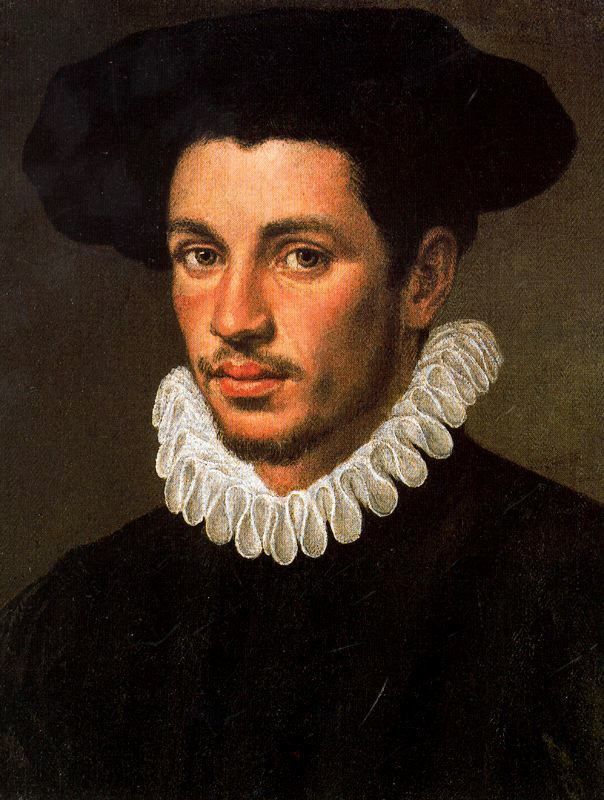
Annibale Carracci, a member of the Carracci family that consists of three painters: Agostino Carracci, Lodovico Carracci, and Annibale Carracci. He was the most standout of the three painters in his family and the one who was creating a movement about “recovering the old tradition of the High Renaissance from the affections of Mannerism” (Britannica.com). Unlike what the Mannerist had done, Annibale Carracci was aiming for recapturing the simplicity and beauty instead of deliberately contradict those two factors. This unique way of approaching art could be seen from some of his works such as The Beaneater, The Laughing Youth, and Butcher’s shop. In other words, Annibale Carracci wanted to bring back the simplicity of the Renaissance style combined with the way artists use light and colors in the Baroque era. In my opinion, I would prefer Annibale Carracci’s style rather than the Renaissance because of the playfulness of his themes; He would paint ordinary subjects and still be able to convey such beauty as the Renaissance’s artists would paint about religious stories. Hence, there is no doubt that Annibale Carracci could be seen as one of the founder of the Baroque art, in which had inspired many artists after his time.
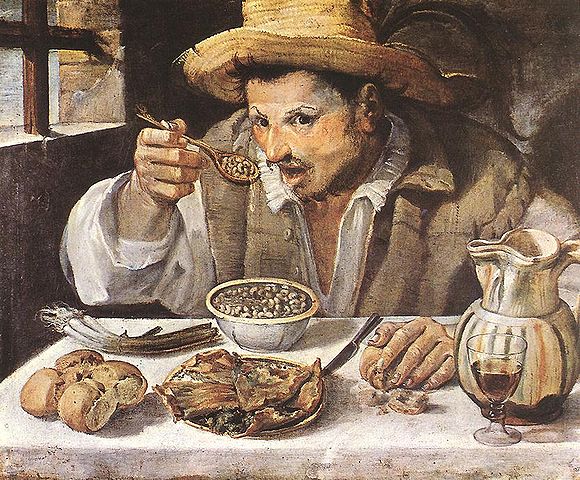
The Beaneater is probably one of my most favorite pieces of Annibale Carracci because of its candid atmosphere. Although this painting would not be considered as innovative today, it had been seen as different in the 19th century when most artists would choose to paint biblical figures and portraits of prominent society members. I love how Annibale had given the people nowadays an insight of a glimpse of a working-class person in the Baroque era.
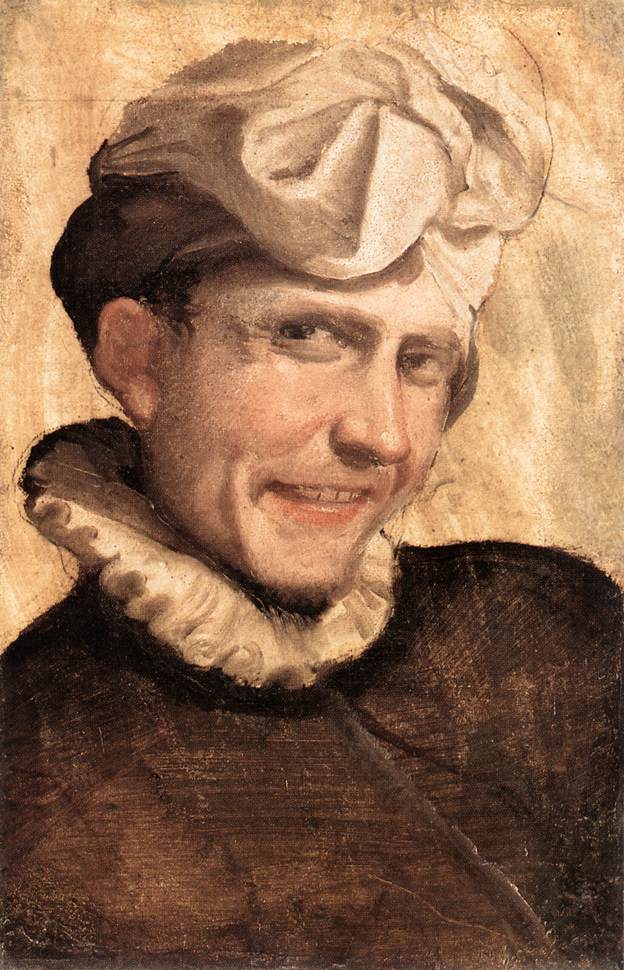
There aren’t many pieces back then that could capture the expression of a person’s face, especially when they are laughing. This piece might not show any influence in the history of art but it does give us a bit of information about the artist himself that Annibale Carracci was a huge fan of caricature. It also shockingly appears to me about this painting is the fact it looks very modern, which proves that Annibale’s vision was ahead of his time.
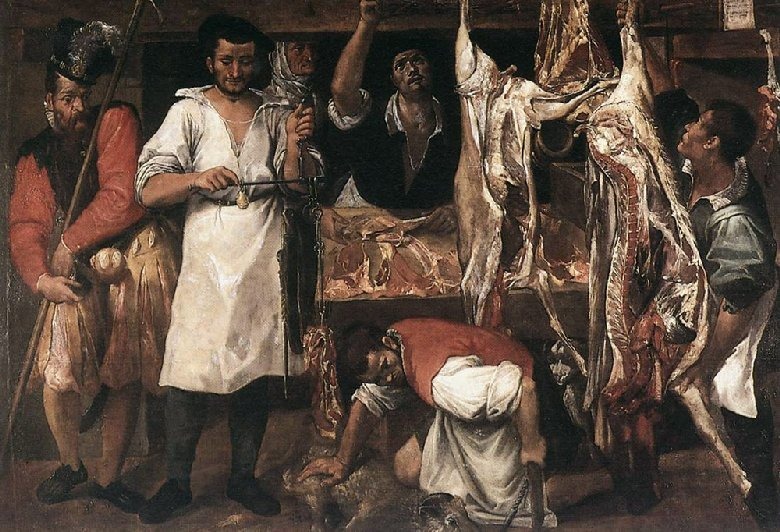
I love the fact that although this painting has some disturbing elements such as flesh, blood, and death; however, it does not make me feel disturbed at all. I think Annibale Carracci had succeeded in creating harmony in a butcher’s shop, which was not an easy task for any artist in that period because of its negativity and chaos.
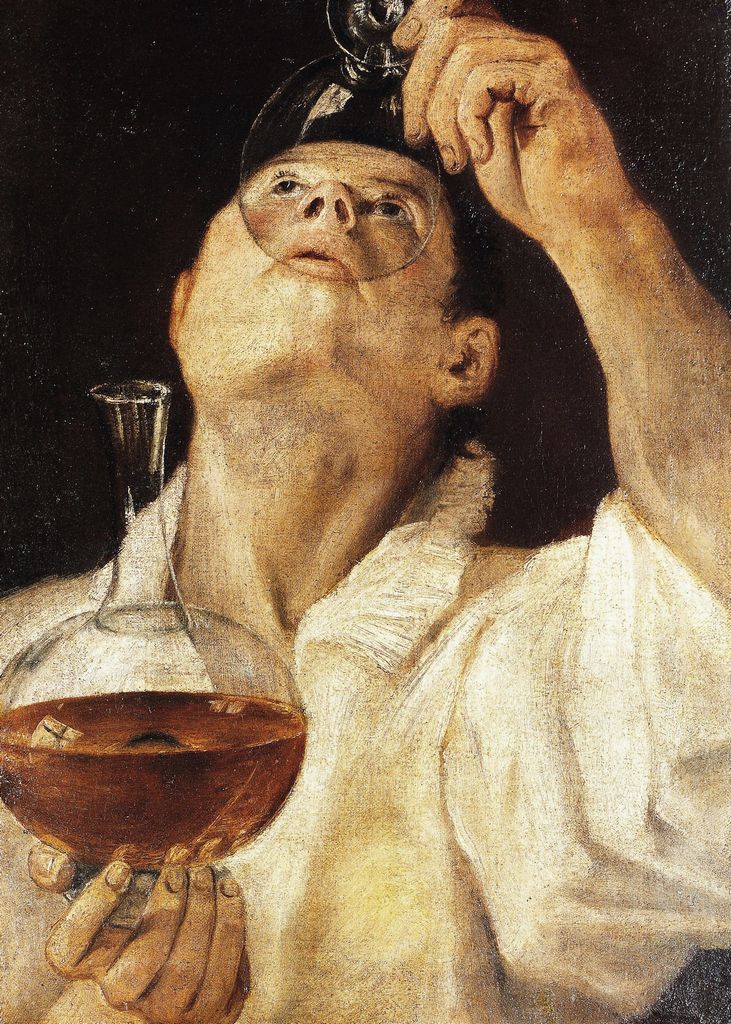
Boy Drinking is a perfect example of Annibale’s vision of reforming the world of art at his time. It shows a close observation of the real world as a naturalist like him should do. I like the inelegant movement of the figure, the distorted lights, and images through the glass. Overall, this painting alone would not be able to tell us anything. However, if we placed it with the other painting of early Baroque, we would see a huge difference in terms of innovation and revolution.

This is his most gigantic work, and it was also his final work as an artist. The fact that it took about 11 years proves that this could be one of the most important works in the Baroque era. I love this combination of paintings because of its joyfulness and the harmony connections between the pieces. There were a few nude paintings in the Renaissance and Baroque, but to reach this level of massiveness was something that can be considered unbelievable.

Alex,
Firstly you have chosen painters in your first three blog posts that are from the first three eras we have covered in our lectures. The first (of the five total) should come from Late Gothic/Early Renaissance and High Renaissance (Bellini fits this). The second should come from Baroque, Rococo/Neo-Classicism/Romanticism (Raphael fits in High Renaissance). The third should come from Realism/Pre-Impressionism/Pre-Raphaelites, Impressionism and Post Impressionism (Carracci fits in Baroque). That said you have done a good job of researching your subjects and bringing a personal commentary to your writing which is commendable. I will overlook your getting the periods mixed up as I can see you are simply looking at each separate era in order and blogging on the particular artist you chose. So for your final two blogs please choose for post #4 someone from Expressionism/Fauvism/Early 20th Century and Cubism/Dadaism/Surrealism and for #5 Abstract Expressionism/ Pop Art, Contemporary/Post Modernism, and Women in Art. Remember to blog on artists I won’t be covering in my upcoming lectures. You can see whom I’m lecturing on in Bold on the Word Document Artists and Painters.
Jeff